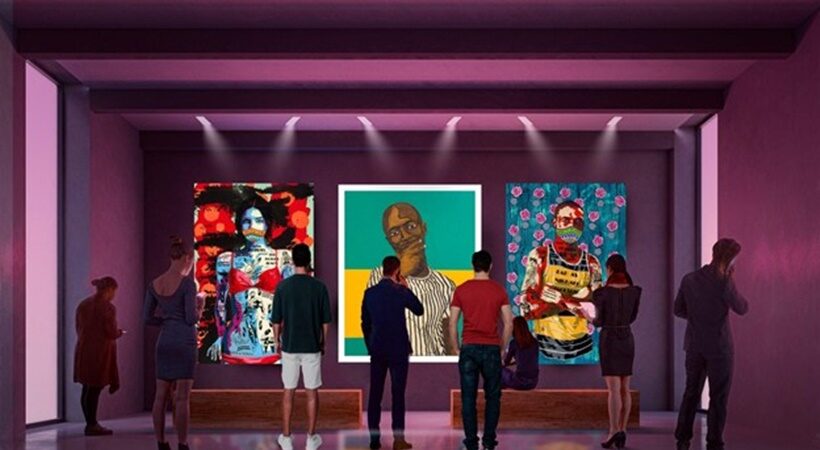A combination of blockchain technology and non-fungible tokens can revolutionize the traditional Fine Art industry for the benefit of both artists and collectors.
By facilitating, via the Ethereum blockchain, the sale of a professionally curated collection of 118 unique physical artworks from Southern Africa’s top artists, the Invictus NFT Lab‘s inaugural Out of Africa collection aims to set a precedent.
Fine art is a market that is dangerously at risk of falling behind. A business model unchanged in decades passes on significant middleman costs, preventing it from competing for new customers, ultimately leading to underutilized artistic potential.
What is The Out of Africa Collection?
The Out of Africa Collection features 118 unique NFTs on the Ethereum blockchain, representing the first for many of the artists to work in the NFT space. It is a triumph for these artists and represents some of the finest new, upcoming and established talent.” – Marelize van Zyl, curator of the Out of Africa exhibit.
With Out of Africa collection, it seeks to set an example for widespread acceptance of the utility NFT technology can offer outside of digital art, and to agitate for a revolt against unfair and inefficient practices within the industry.
Benefitting from the Blockchain:
Creating generative NFT avatars such as CryptoPunks or Bored Apes has become a booming business at the intersection of digital art and the NFT industry. The Out of Africa collection is one example of how we are adopting NFTs to serve as transferable certificates of ownership, a valuable benefit both to artists and collectors.
A reduction in costs and improvement of efficiency is the first step toward improving the industry. Galleries and auction houses provide value to industry participants, but these premium services come with high overheads, which result in high middleman costs. Both the buyer and the seller are often charged such fees. Shipping costs can also be added to the final price of the artwork, even if the buyer only wants to keep the artwork as an investment.
The blockchain provides a means to aggressively drive down these costs, while still maintaining sufficient margins for traditional galleries and auction houses to continue operating. For secondary market sales of NFTs in the Out of Africa collection, it is estimated that the protocol takes a total of 10% of the sales price, but instead of going to the platforms, the distribution is far more equitable – with the community and artists sharing in the benefits.
The NFT can also be sold on to another owner who can elect to take delivery (or not) if you hold it purely as an investment.
Secondly, there is the issue of opacity and concerns surrounding provenance. With about half of all art sales being private, it is difficult to understand what a fair market valuation might be for artwork since most buyers cannot see the sales history.
Further, even in public sales such as auctions, the identities of the bidders are not often disclosed – leading to questions about the authenticity of sales, leading to skyrocketing valuations for artists. NFT technology can also solve issues related to authenticity and provenance. Adopting the blockchain to track art transactions helps solve these problems.
Among the benefits of this method are allowing for a royalty-driven revenue model for physical fine art, as well as unlocking true global demand and removing unnecessary transport costs.
As a result, artists have a greater demand and better outcomes. The Out of Africa collection is stored securely on behalf of NFT holders, and delivery costs are not incurred by the owner if they hold for speculative purposes and do not need to take custody.



















